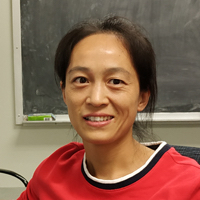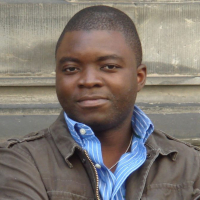Jason Flynn (UF Mathematics)
ZoomTo reset, or not to reset, that is the question The first passage statistics of stochastic processes play an important role in understanding the behavior of some useful models in physical chemistry, biology, finance, computer science and other fields. Allowing the underlying stochastic process to restart or reset to its initial condition at certain intervals …









